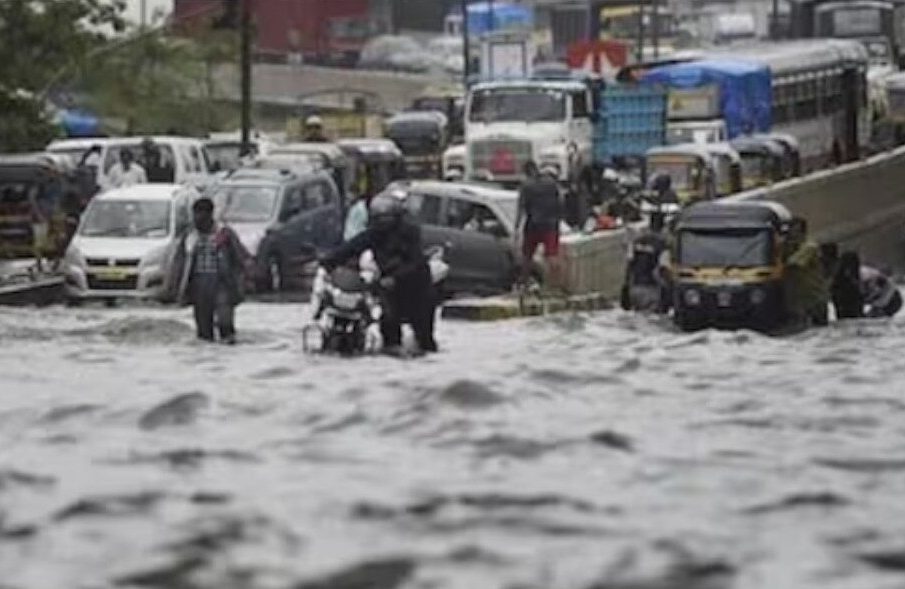Mumbai Rains: Challenges and Solutions for the City

Introduction
Mumbai, known for its vibrant culture and bustling economy, faces significant challenges during the monsoon season each year. The rains are crucial for replenishing water reserves but often lead to devastating floods, traffic chaos, and disruption of daily life. As the monsoon approaches, understanding the implications of Mumbai rains and how the city is preparing is of paramount importance for residents and authorities alike.
Recent Developments
This year, the monsoon hit Mumbai with a fury, starting in early June, bringing heavy downpours that have resulted in waterlogging in various parts of the city. The India Meteorological Department (IMD) issued warnings of extremely heavy rainfall, and the city recorded over 200 mm of rain in just 24 hours during peak periods. These rains often coincide with high tide in the Arabian Sea, exacerbating flooding in low-lying areas.
In response to the monsoon challenges, the Brihanmumbai Municipal Corporation (BMC) activated its disaster management protocols. They deployed teams across the city to aid in drainage and clearing up blocked pathways and drains. Many locations reported swift action, helping mitigate the impact of the floods. However, areas like Andheri, Dadar, and Kurla still reported significant waterlogging, leading to disrupted train services and flights.
Community Response and Preparedness
The community also plays a vital role in tackling the rain-related issues. Local NGOs and resident associations have organized awareness programs to educate the populace about safety measures during floods. Citizens have been encouraged to report waterlogging and other emergencies directly to municipal helplines.
State authorities have promised enhanced infrastructure, including better drainage systems and flood barriers, to combat the adverse effects of heavy rainfall in future seasons. Investment in technology such as real-time weather tracking has also been emphasized to better predict and prepare for severe climatic events.
Conclusion
Mumbai’s battle with rains may seem an annual struggle, but with continued efforts towards infrastructure improvement and community preparedness, the city can mitigate many of the adverse impacts. Moving forward, collaboration between the government, citizens, and NGOs will be essential to create a resilient urban environment capable of withstanding the whims of the monsoon. As climate change continues to influence weather patterns, proactive measures will be crucial in safeguarding Mumbai’s future against rising monsoons.









